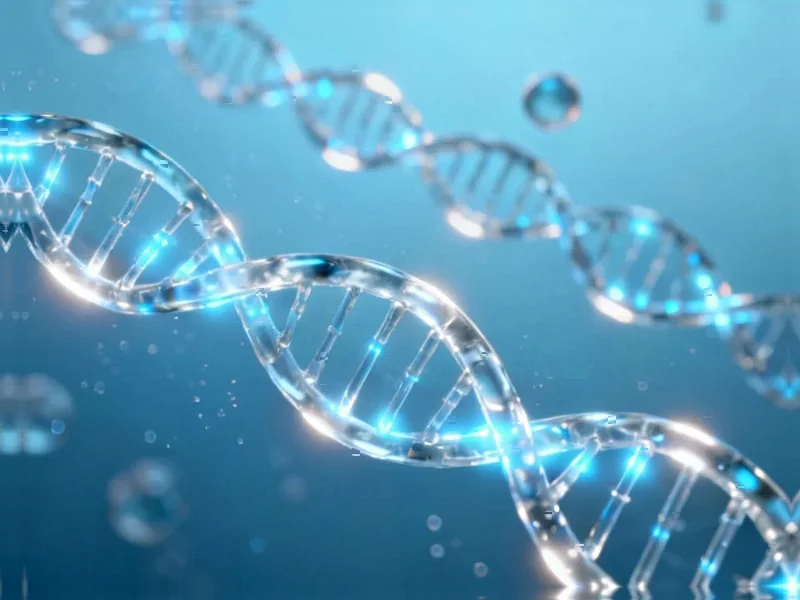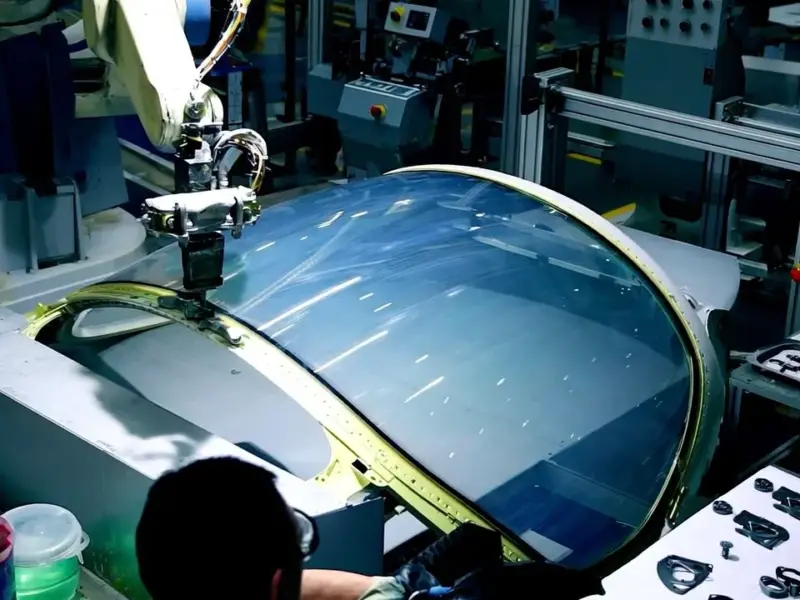According to Phys.org, researchers from the University of Liverpool and the National University of Singapore’s Mechanobiology Institute have discovered that vinculin, previously considered a passive structural protein, actually contains six force-dependent binary switches that function as mechanical memory. Using single-molecule magnetic tweezers, the team characterized each switch in detail, with Professor Ben Goult describing this as a “fundamental change” in understanding vinculin’s role. The findings, published in Science Advances, have significant implications for understanding dilated cardiomyopathy caused by vinculin mutations and may explain mechanical information processing in neurons through the MeshCODE system involving talin and vinculin. The team is now extending this research to living cells and engineered heart tissues while collaborating with multiple institutions including the Liverpool Interdisciplinary Neuroscience Center and University of Helsinki.
From Structural Bystander to Active Participant
This discovery represents one of those rare moments in biology where a protein’s entire functional classification needs rewriting. For decades, vinculin was textbook material – the reliable structural adapter connecting adhesion complexes to the cytoskeleton. The revelation that it contains six distinct mechanical switches transforms our understanding of cellular mechanotransduction. What’s particularly fascinating is that these aren’t simple on-off switches but complex binary systems that can store mechanical information, essentially creating a cellular memory of physical experiences. This moves vinculin from being cellular infrastructure to being an active processor of mechanical data.
Heart Disease and Neurological Applications
The immediate therapeutic implications for cardiovascular medicine are substantial. We’ve known that vinculin mutations cause dilated cardiomyopathy, but we’ve been treating the symptoms rather than understanding the mechanism. Now we can re-examine these mutations through the lens of mechanical switching dysfunction. This could lead to targeted therapies that restore proper mechanical signaling rather than just managing heart failure symptoms. The potential extends to neurological disorders, where the MeshCODE concept suggests vinculin and talin might form a mechanical information processing network in neurons. If proven, this could revolutionize our understanding of synaptic plasticity and memory formation at the mechanical level.
Biotech and Pharmaceutical Implications
This discovery opens multiple new avenues for biotechnology and pharmaceutical development. Companies working on mechanobiology platforms now have a new target protein with six distinct mechanical domains to investigate. The magnetic tweezer technology used in this research could become a standard tool for characterizing other mechanosensitive proteins. For pharmaceutical companies, vinculin’s switches represent potential drug targets for conditions ranging from heart disease to neurological disorders. The timing is particularly significant given the growing interest in mechanobiology therapeutics and the recognition that mechanical forces play crucial roles in disease progression.
Future Research Trajectories
The immediate next steps involve translating these in vitro findings to living systems, which the team is already pursuing with engineered heart tissues and neuronal studies. What’s particularly exciting is the potential for cross-disciplinary collaboration – this research bridges structural biology, cardiology, neuroscience, and even has implications for cancer biology given vinculin’s role in cell migration. The Science Advances publication will likely trigger a wave of follow-up studies investigating other proteins that might contain similar mechanical switching mechanisms. The concept of mechanical memory at the molecular level could become a new frontier in understanding how cells adapt to their physical environment.
Beyond Single Protein Function
Perhaps the most profound implication is how this discovery challenges our fundamental understanding of cellular information processing. If proteins can store mechanical information through binary switches, we might need to reconsider how cells integrate chemical and mechanical signaling. The MeshCODE concept suggests we’re looking at an information processing system that operates alongside traditional biochemical pathways. This could have implications for understanding cellular differentiation, tissue development, and even aging processes where mechanical properties change over time. The discovery positions vinculin not just as an interesting protein, but as a gateway to understanding a previously unrecognized layer of cellular intelligence.




